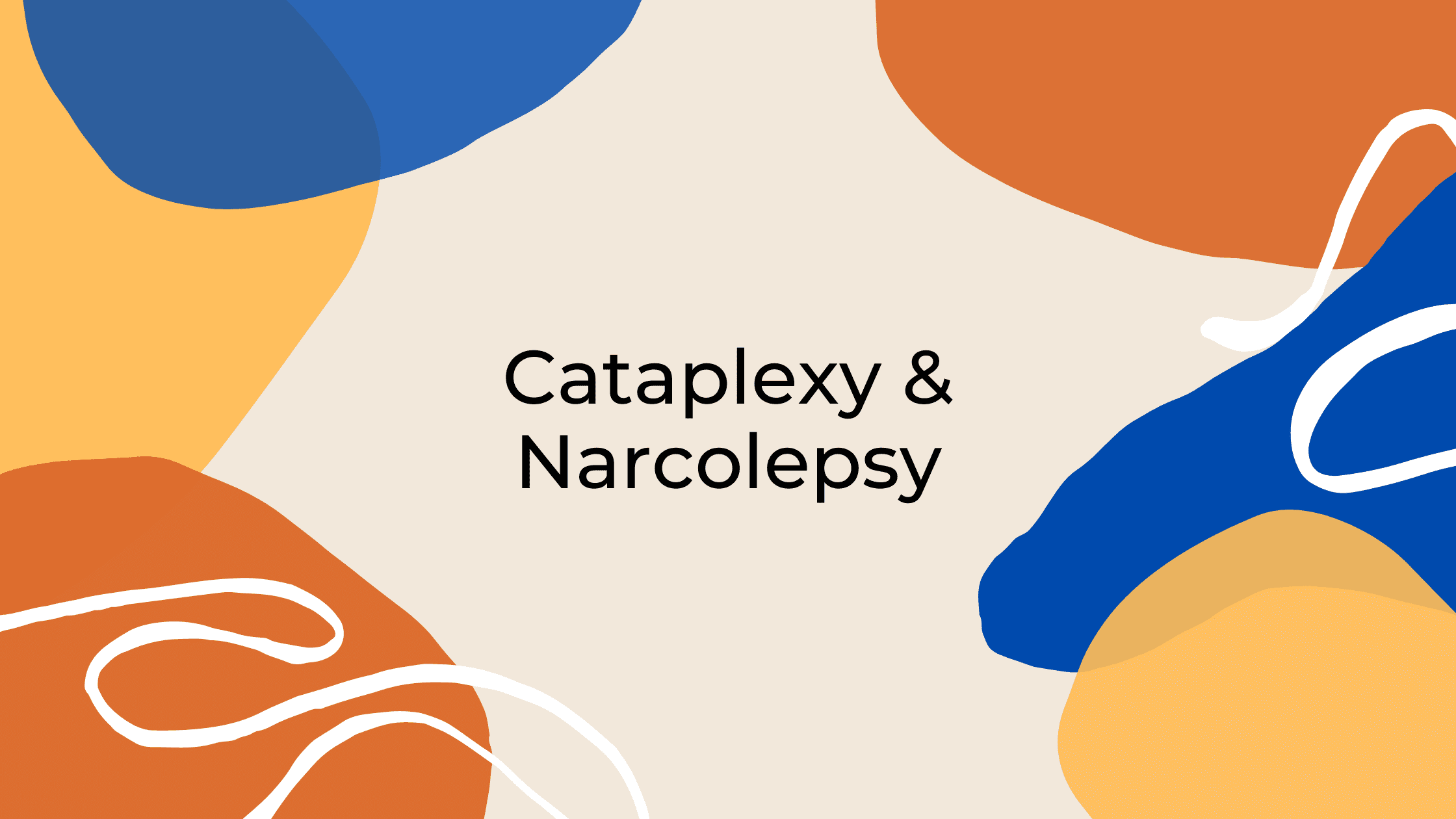

In severe cases, the patient might fall and become completely paralyzed for a few seconds to several minutes. In other typical cataplectic attacks, the head may drop or the jaw may become slack. Typically, the patient's knees buckle and may give way upon laughing, elation, surprise, or anger. Cataplexies are sudden, brief episodes of muscle weakness triggered by emotions. Indeed, patients with narcolepsy enter REM sleep abnormally fast, minutes after falling asleep unlike normal people where REM sleep only appear after one hour of sleep (see History of Narcolepsy).Ĭataplexy is unique to NT1.

Since the 1960s it has been known that several of the disabling symptoms of narcolepsy, such as sleep paralysis, cataplexy and hypnagogic hallucinations, are pathological equivalents of REM sleep (a stage of sleep when we dream but are paralyzed to avoid moving in our dreams). A rapid gain of weight often also occurs. About half of all patients start narcolepsy before age 18, in rare cases as young as 3 years old, and in general the younger it starts, the more severe and abruptly the disease strikes in young children one often observed a regression where tantrums and bad behavior restarts because the child is always exhausted. It affects about 0.03% of the population (1 for 3,000 individuals) in most countries in the world. Hypersomnia also occurs in patients with meningoencephalitis due to African trypanosomiasis (sleeping sickness), which is transmitted by the tsetse fly.The main symptoms of narcolepsy type 1 (NT1) are excessive daytime sleepiness, cataplexy, sleep paralysis, hypnagogic hallucinations, and disturbed nocturnal sleep. Acute, relatively brief EDS and hypersomnia commonly accompany acute systemic disorders such as influenza. read more can also cause EDS with or without hypersomnia. read more, and seizure disorders Seizure Disorders A seizure is an abnormal, unregulated electrical discharge that occurs within the brain’s cortical gray matter and transiently interrupts normal brain function. Cardinal manifestations are jaundice, coagulopathy, and encephalopathy. read more, hepatic failure Acute Liver Failure Acute liver failure is caused most often by drugs and hepatitis viruses. Principal causes include hyperparathyroidism. read more, hypercalcemia Hypercalcemia Hypercalcemia is a total serum calcium concentration > 10.4 mg/dL (> 2.60 mmol/L) or ionized serum calcium > 5.2 mg/dL (> 1.30 mmol/L). read more, anemia, uremia, hypercapnia Ventilatory Failure Ventilatory failure is a rise in PaCO2 (hypercapnia) that occurs when the respiratory load can no longer be supported by the strength or activity of the system.

In patients with diabetes who take insulin or antihyperglycemic. read more, hyperglycemia, hypoglycemia Hypoglycemia Hypoglycemia, or low plasma glucose level can result in sympathetic nervous system stimulation, and central nervous system dysfunction. Signs may include a typical facial appearance, hoarse slow speech, and dry skin. Symptoms include cold intolerance, fatigue, and weight gain. Hypothyroidism Hypothyroidism Hypothyroidism is thyroid hormone deficiency. These disorders include space-occupying lesions affecting the hypothalamus or upper brain stem, increased intracranial pressure, and certain forms of encephalitis. Other disorders that can cause chronic EDS are usually suggested by the history and physical examination brain imaging and blood and urine tests can confirm the diagnosis.


 0 kommentar(er)
0 kommentar(er)
